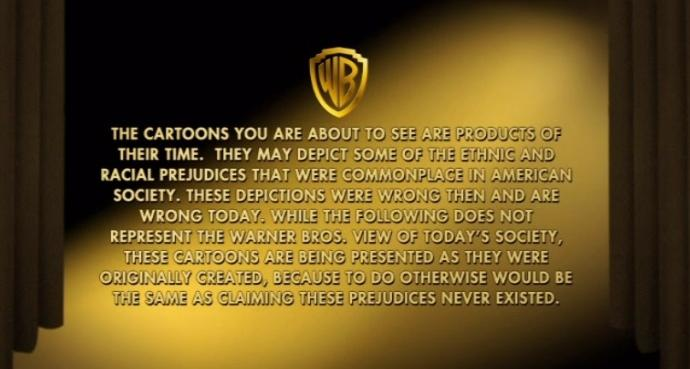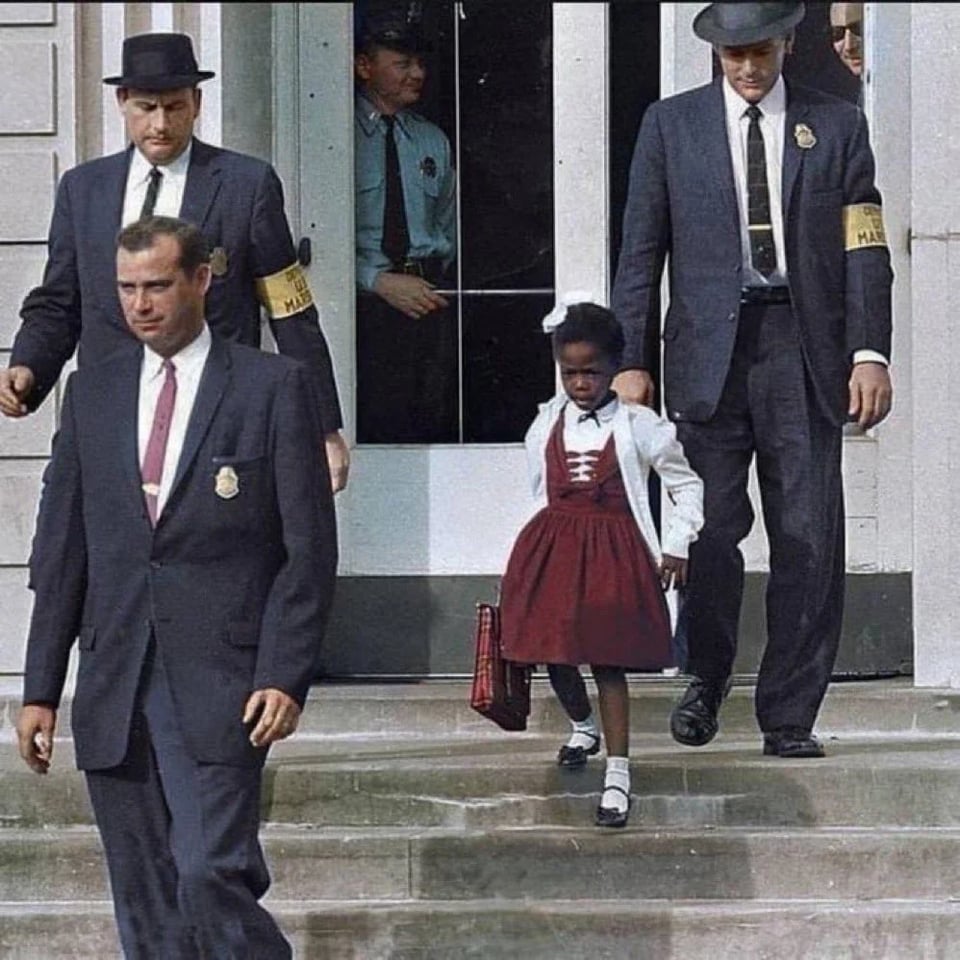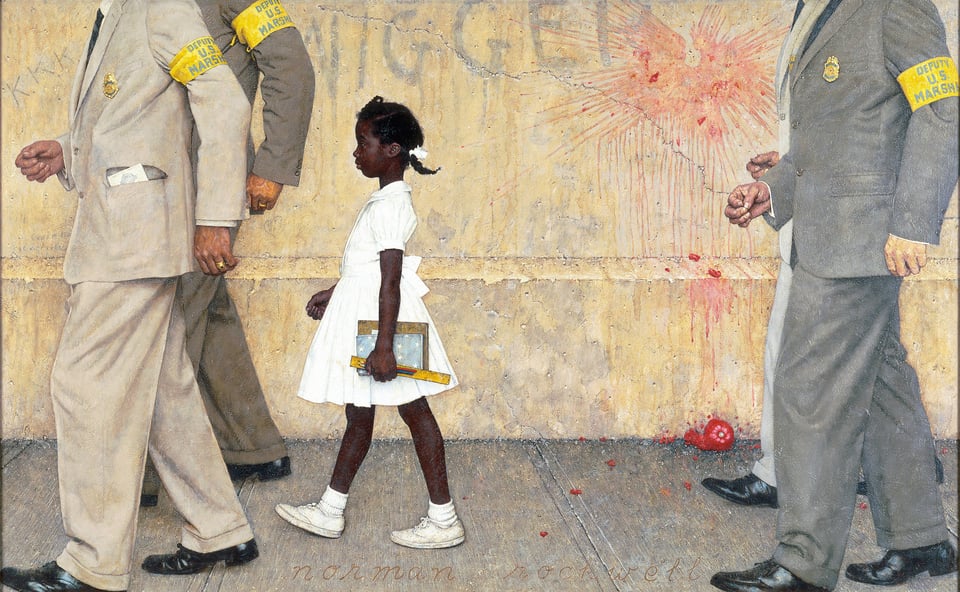note 05: let the 2000s be terrible ✨
i can’t stop hate-reading pretty little liars

💫 a quick note on availability
Due to a strange scheduling loophole in the demands of the United States legal system, my grand jury duty service was postponed, so my brain is currently for hire! Shoot me a note if you could use help with cultural insights or brand-building—I’m always looking for interesting projects and cool collaborators 😎

💿 how do you do, fellow kids?
I first read the Pretty Little Liars novels in middle school and then reread them in 2010 when the TV show premiered (I checked my Kindle history and I purchased the first book on June 16th, 2010). But when I reread them again in 2022, I noticed something very weird—the Kindle version had replaced many of the pop culture references with what I assume were deemed more relevant ones. I did a double-take at a mention of Dua Lipa, because Dua Lipa was not yet a pop star when the novel was published in 2006 (she was in fact 10 years old), but since then I’ve undergone a kind of anachronism scavenger hunt. A mention of the old dancing iPod ads is replaced by one of a Geico commercial. The girls watch Riverdale instead of MTV Cribs and lust after Golden Goose sneakers instead of Paige jeans.
I’m guessing that this was a deliberate choice by the publisher to cultivate a new generation of readers, but it’s a very strange one because it operates under several nonsensical assumptions. The first completely disregards the premise of the series (four girls are tormented by an anonymous blackmailer identified as “A” who threatens to expose their secrets). The updated books include references to modern social media like Instagram but it has virtually no effect on the plot, which renders “A”’s tactics comically quaint—a world in which cyberbullying is possible on a million different mediums, but “A” still exacts their threats via text message and handwritten notes. The second (incorrect) assumption is that kids need to share pop culture references with the characters they read about in order to relate to them, implying that kids will only consume media from the generation that they’re in, which is patently ridiculous and infantilizing.
But the updated editions don’t just replace pop culture references—they’ve also softened offensive language to be more “socially acceptable.” The word “normal” is replaced with “celebrating weirdness” and the phrase “can I be your love slave” with “can I slide into your DMs.” Again, very strange choices because teenagers—especially canonically bitchy ones—don’t actually talk like that.
I wanted to see how widespread this practice was, and so I revisited another middle school series—The House of Night. I should preface this by saying that even as a 13-year-old I did not think these books were well-written, but I was in my Twilight phase and the idea of “vampire finishing school” was a fun concept. But rereading it was like playing microaggression bingo—there’s racism, sexism, homophobia, slut-shaming, casual bastardization of Cherokee theology (don’t ask). The main character embodies a weird brand of puritanical liberalism that equates giving blowjobs, wearing heavy makeup, and smoking marijuana with moral corruption (meanwhile she cheats on multiple boyfriends but out of love) and overcompensates with fetishization (she describes one girl as “the color of cappuccino” and “all curvy with pouty lips and high cheekbones that made her look like an African princess”...just going to leave this here). She’s totally cool with the “token guy” being gay, but at least he’s not one of those girly gays!
As with Pretty Little Liars, there are no major adjustments to The House of Night books—instead, offensive words like “slut” and “stupid” are omitted and paragraphs of microaggressions replaced with one-sentence explainers. The plot and characters are entirely unchanged; their conversations and observations are simply edited by cutting out and slotting in different words like social justice Mad Libs (which in itself is an indictment of the writing).


✊ woke-washing our cultural history
It’s easy to dismiss these books as just middle school literary fluff, but the revision of their egregiousness is indicative of a larger issue at play. Especially at this critical time, during which history is literally being rewritten before our eyes, it is crucial to preserve both markers of social progress and evidence of historical wrongdoing.
While no one is arguing that vampire finishing school books are historically significant, these books still exist as cultural artifacts of a sort. I think of the dishy teen series published in the 2000s—Gossip Girl (2000), The Clique (2004), Pretty Little Liars (2006)—almost like period pieces, evocative of a very specific era, one in which everyone had different phones (Sidekicks, Treos, Blackberrys...we were phone-rich) and inclusive language was virtually nonexistent.
The 2000s were an incredibly toxic time, particularly for women, fueled by post-Y2K hedonism, an incredibly profitable tabloid industry that foreshadowed modern surveillance culture, a rapidly developing media ecosystem whose scale eclipsed our wildest collective imagination, and the equation of “coolness” and cruelty.
But pretending that this toxicity didn’t exist is detrimental to our growth as a society—it erases years of racism, misogyny, fatphobia, ableism, and rape culture that was the norm at the time. Millennials in particular were steeped in it during our formative years—media then was absolutely ruthless, whether it was directed at teens or not. I remember stealing my mom’s issues of People and watching the paparazzi rip apart famous women, calling Jessica Simpson “fat” for wearing a size 4 and branding Britney Spears “crazy” after harassing her for years (apparently learning nothing from Princess Diana). I’m pretty sure I read this exact issue of Seventeen, which advertises “Have Fun & Get Toned! You Won’t Even Know You’re Working Out!”, when I was 12.
Modern media often tries to “fix” these issues without interrogating them at all, which results in flat, unfunny jokes (good comedy is an incisive critique, not just old jokes with the offensive parts edited out!) and racially and sexually diverse but ideologically homogenous ensembles (remakes are particularly guilty of this; looking directly at you, How I Met Your Father). It’s lazy and harmful in that it conveniently glosses over the real issues that marginalized communities faced then, and often still persist today. Friends is a cultural institution that aged very poorly. And that’s okay! You can enjoy the show without condoning everything in it. Looking back on media and thinking, How the fuck was this ever okay? is healthy, actually, rather than viewing the past through rose-colored glasses. It’s important to acknowledge the awfulness to see how far we’ve come.
Anecdotally, I’ve seen Gen Z’ers on TikTok ask if “the 2000s were really that bad,” and clearly they were not around for when blackface was not only acceptable comedy but a party theme or when the R-word was a common playground insult. Without reminders of terribleness, we are doomed to repeat it. Terrible things deserve to live in perpetuity so we can bear witness to how harmful they were and how that harm echoes throughout history, and learn from our mistakes. The glamorization of tradwifery, for instance, ignores that Valium was nicknamed “mother’s little helper” in the ‘60s and ‘70s because the demands of stay-at-home motherhood were unbearable sober. People romanticize what they don’t know (for example, an unnuanced slogan like “Make America Great Again”).
I would actually love to see artists reckon with their past work in a meaningful way, but retroactive editing does the opposite. Years ago, I wrote a piece about art in the age of #MeToo, in which I argued that controversial media should not be censored but used to initiate conversations. Unbelievably, Looney Tunes created an initiative that is a unironically great way of addressing historical harm.

United States lawmakers introduced 563 measures against critical race theory in 2021 and 2022, book bans have taken root at both the federal and state levels, and now in 2025 “radical and wasteful” DEI programs around the country are being slashed by presidential order. People on the wrong side of history never want you to learn about it.
In 1960, Ruby Bridges was the first Black child to attend the newly integrated William Frantz Elementary School in New Orleans, Louisiana. She was six years old, meaning that today she is only 70 years old. She had to be escorted to school by U.S. Marshals because white adults who favored segregation would scream and throw things at her on her walk to school. “There were days when they would come and they would bring a baby’s coffin, and inside that baby’s coffin was a black doll,” Bridges told CBS. “And I used to have nightmares about the coffin.” 500 students dropped out of the school and all of the teachers quit their jobs because they refused to be at an integrated school, and Bridges’ teacher, Barbara Henry, taught her alone in a classroom where Bridges was the only student. Later, when white students rejoined the school, Bridges was still separated from them, unable to join them at recess or in the cafeteria, for fear of being poisoned.

The court-mandated first day was eventually commemorated by none other than Norman Rockwell, in an oil painting called “The Problem We All Live With”, (eventually displayed in the Obama White House), and Ruby Bridges became a global civil rights icon. Note the tomatoes splattered against the wall in the background and the racist graffiti.

In an appearance on The Late Show with Stephen Colbert, speaking about book bans that included her own, Dear Ruby, Hear Our Hearts, Bridges said, “None of us should have the right to change or alter history in any way. We need history to show us where we’re going.”
Pictures of Ruby Bridges and Martin Luther King Jr. are often in black-and-white, as if this was a bygone era, but these events were not ancient history—many of the perpetrators of the abuse, and the children they pulled from the school, are still alive today. We like to think of ourselves and our ancestors as good people, but the process of becoming good people means acknowledging harm we’ve caused in the past (and that includes unintentional and systemic harm). People are allowed to evolve, but engaging with problematic material is part of that transformation.
The reason white legislators don’t want people learning about history is that their parents and communities were likely the ones in the crowd (later called “the Cheerleaders”) throwing things and screaming racial slurs and threats of poisoning, not the heroic figures and beacons of progress they’ve led the public to believe.
It’s a disservice to both history and the media literacy crisis to only make politically correct media. If the fear is that kids will learn the wrong lesson from media, my hot take is: Let them. Children don’t become racist or sexist or ableist or puritanical exclusively because of media—more often than not, that’s behavior taught at home. And understanding what is and isn’t prescriptive is an exercise in critical thinking and social awareness; morality does not exist in a vacuum but is a constant negotiation using social cues and context. It’s also a good lesson that you should not model your personality or social behavior solely after fictional characters.
We now have tools to help us process the violence of the 2000s, vocabulary like internalized misogyny and systemic racism, to better educate ourselves and newer generations about why these things were so widely accepted back them and the insidiousness of how they still show up today. If it makes you uncomfortable, congratulations! That’s growth, baby. But it does no one any favors to simply rewrite it.
And at the very least, if you’re going to retroactively edit media, get it right 🤦🏻♀️

🔗 open tabs (recent reads)
“The white flight of Derek Black” (The Washington Post): I read this piece almost 10 years ago but it has stayed with me, especially in today’s political climate—it’s the story of how the child of a former Grand Wizard of the Klu Klux Klan (and founder of neo-Nazi website Stormfront) and his wife (who was formerly married to Klan leader David Duke) disavowed white nationalism and became an anti-racism advocate. Truly the purest case study of how education combats hate. And in another twist, the subject in question is now a trans woman by the name of Adrianne Black who uses she/her pronouns! I don’t know how she feels about her deadname being everywhere (including on her book The Klansman’s Son, which is on my to-read list) but she seems to be flourishing—I can only imagine the kind of life you allow yourself to live once you learn to let go of so much hatred. Note: If you don’t subscribe to The Washington Post, try PaywallBuster.
“‘Being Seen’: Jeff Probst Pens Essay About Powerful ‘Survivor’ Moment That Left Him in Tears” (Variety): With all of the twists and strategy of the newer seasons, it’s easy to forget that Survivor started with a very simple premise—put 20 people who would never under normal circumstances interact, together on an island, and let them coexist, stripped of all of the artifice and creature comforts of modern society. It was a social experiment, more about learning how to recognize each others’ humanity than it ever was about actually surviving. There’s a really beautiful moment in Season 48 that deserves recognition because it really shows the best of what Survivor has to offer. People have forged lifelong friendships and relationships, had their lives forever changed on an island. It’s no wonder Jeff continues to host after 25 years.
Metropolitan Diary (The New York Times): I’m a New York Times hater, but I just discovered these delightful little snippets. I love these the same way I love Refinery29’s Money Diaries and The Cut’s Sex Diaries and, a little guiltily (because I think it’s indicative of the pervasiveness of surveillance culture), those man-on-the-street interviews on TikTok—I’m curious about other people’s lives. They’re like little treats for those fascinated with the concept of “sonder” from The Dictionary of Obscure Sorrows back in the day.
“Hailey Bieber’s Dangerous Decade-Long Obsession” (Internet Oddities): This is legitimately one of the most psychotic things I’ve watched recently (shoutout Tina Yip for sharing this with me) and I don’t use that word lightly. Despite being someone who is very intensely obsessed with a lot of things, I find intense fandom of people baffling, so I was not familiar with the scale of Bieber Fever even at its peak. But this is actually insane! The proof of her obsession is pretty undeniable (it would definitely be grounds for a lawsuit like the one I cited in my last letter), and if she were not wealthy, white, and conventionally attractive, she would most certainly have had a restraining order against her. But I also think there’s another layer here, because all of this makes Hailey’s celebrity (or lack thereof) all the more interesting. Despite being a nepo baby, she is nothing without the “Bieber” last name; she was not even very famous in her own field (modeling). Her very successful beauty line is built entirely on this adjacent star power—Rhode has no original brand ethos (“Edited, efficacious, and intentional” is a great tagline but rather trite considering it launched in 2022) or aesthetic (stealing from smaller creators and brands when she’s not stealing from Selena Gomez’s Rare Beauty); she is simply “reproducing lessons of the marketplace,” as Jia Tolentino calls it, to create the perfect celebrity brand while barely being a celebrity herself! It’s a prove formula—it reminds me of the Kardashians’ ruthless ambition and tireless hustle for fame that transformed them from D-listers to one of the most culturally powerful families in America. But it’s also an existential warning about building your own identity around things other than just your obsessions.
“TIL that American military pilot call signs—nicknames the pilots go by—are often based on mistakes the pilot made, and get assigned early in their career.” (Reddit): I had so much fun reading through this thread—some of them are ridiculously clever. It reminds me of the way that Latino families give really witty (usually cutting) nicknames. My favorite might be this one: “A funny one I heard was a pilot named John who was really excited to get a callsign because he thought his name was boring. They finally gave him his callsign. It was John.” Honorable mentions go to “ELSA” (Extremely Low Situational Awareness) and “Radioface” (brutal 😭).There’s also the rumor that Ewan McGregor’s brother’s callsign in the Royal Air Force was “Obi-Two,” which is awesome if true. But is there any clearer indication that Top Gun was military propaganda than the fact that the pilots all have cool nicknames like “Maverick” and “Iceman”?
💎 little gems (recent favorites)
Death Becomes Her: Along with The Outsiders and CABARET at the Kit Kat Club, this is my favorite show on Broadway right now. I’ve seen it four times and I want to see it 10 more times. It’s campy, dazzling, and hilarious. I recently learned that the movie actually wasn’t well received when it was first released in 1992, but it became a cult favorite over the years, especially in the gay community, and this show knows it. They did a fantastic job of paying homage to the existing greatness of the movie and amping it up for the stage so it translated compellingly (the special effects are jaw-dropping). They definitely played to the gay audience—the song literally called “For the Gaze” is a masterpiece full of references to gay culture (e.g. “friend of Dorothy”). The cast alone (Megan Hilty, Jennifer Simard, Christopher Sieber, and Michelle Williams of Destiny’s Child) is worth it, but it’s also just so much fun. All three times I’ve gone, the audience was so into it, laughing at all the jokes and raving about it as they left the show. I hope this one runs forever because it absolutely deserves to.
Miffy x Baggu Puffy Glasses Sleeve: I was never a Hello Kitty girl growing up, but for some reason I am absolutely obsessed with Miffy. I always thought she was Japanese, but as my mom, my sister, and I found out in Amsterdam, she’s actually Dutch! We saw her all over the city—a true Dutch It Girl. I cannot get enough of this little white rabbit (she also has friends named Boris and Melanie 🥺). I was looking for a sunglasses case that would actually fit in my purse, and this one was perfect, and it’s so cute.
Point-and-shoot cameras: Speaking of revisiting things from the 2000s, I recently dug up my old Canon PowerShot SD1300 from 2006 (I can’t believe I’m an age at which I own things that are 20 years old) and I forgot how much I loved carrying a little camera around—it feels intentional in a way that taking pictures with your phone doesn’t and casual in a way that a DSLM doesn’t. I’m preparing for a trip and while I love my Sony Alpha a6400 and Sigma lens, I don’t always want to carry them everywhere, so I’m playing around with pocketable cameras again. My newest obsession is a little Panasonic Lumix DMC-ZS3 off of eBay for like $60; I’m so impressed with the quality of the shots considering it only has a 10MP resolution (probably due to the beautiful Leica lens). I’m also experimenting with different editing techniques—I’ve always been in favor of minimal editing and true-to-life colors, but now I’m trying out more stylistic editing to mimic film.
The White Lotus (Max): I just got Max like a month ago so I’m actually six years late to this show and watched all three seasons in succession. An unpopular opinion, but I think Season 3 might actually be my favorite; it was so layered and I actually love the theme song (the girls that get it, get it)! The finale was brilliant, perfect, no notes (give Carrie Coon the Emmy, because wow). No spoilers, but while I understand the criticism of this season, I think it totally misses the point of The White Lotus as a whole (and basically the entire canon of Greek dramas). The show is at its best when it’s just characters talking and the tension and stakes are slowly building. Season 2 was a fan favorite, but undoubtedly the best storyline was the Cameron/Daphne and Harper/Ethan dynamic which was simmering tension all the way through; the paranoia and lack of communication was more compelling than the actual events. I love that this show is such a rich text with so many symbolic details meant to be overanalyzed (although as my friend pointed out, deep analysis without critical thinking leads to conspiracy theory brain)(my other friend sent me this about Severance and I’m still laughing at the headline). It is interesting reading Reddit theories and seeing how differently people interpret the same events (some people clearly did not pay attention in English class). I’m still processing the finale, but I’ve got a million thoughts and it’s times like this that I miss Twitter discourse. Might fuck around and make a deck about it. Mike White is a genius and I desperately want to pick his brain (and for non-Survivor fans, this is how the rest of us know him...a David vs. Goliath icon).
Too Good to Go: My friend Tia recommended this app to me years ago, but I recently got back on it because if we’re being real, with price increases these days, neither eating out nor cooking is as worth it as it used to be. Too Good to Go is kind of an in-between. Restaurants and markets sell leftover food for discounted rates—you get cheap food and they reduce food waste—and some of them are excellent (the Eataly bags are wild). I recently got three large teas from my local boba shop for $6 so I will be going once a week now. I think this is such a good solution to a pressing problem (the UN reported that 1 billion tons of food was wasted in 2022) that is in large part psychological—we subconsciously devalue ugly produce and there’s so much confusion around sell by/use by/best by dates that someone needs to create a better standardization system (or at least more education around it). In short, it’s at least partly a marketing problem. Do with that what you will!
💖 jenny
Community Outreach: The organization I’ve volunteered with for the past five years, The Connected Chef, is being evicted from its Long Island City farm stand location in October. They do incredible work like running a weekly farm stand (which I volunteer for!), providing food justice education and other community programming, and connecting local farms to Queens residents with their sliding scale Lifeline Groceries program. All of this supports their mission of providing food access for all, which is extremely important as the future of imports in America becomes more uncertain. If you can, please support their relocation to a permanent space!
Thanks for reading Constellation Theory ✨! Subscribe to receive new posts and first access to projects.
This newsletter will always be free. But if you’d like to support the publishing fees or just show some love and appreciation, you can buy me a coffee (or boba) here! 🧋
